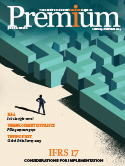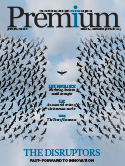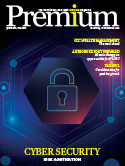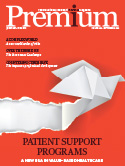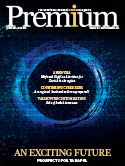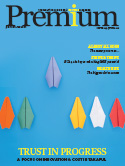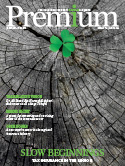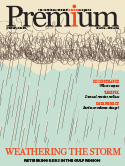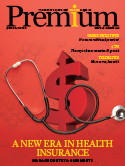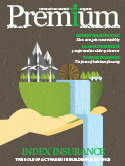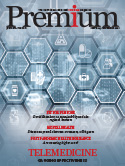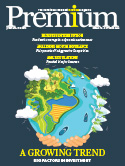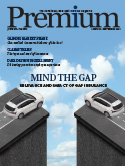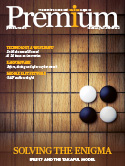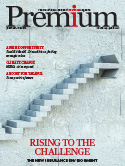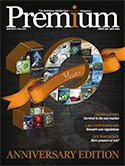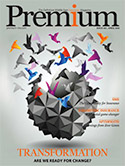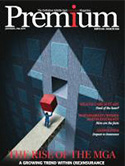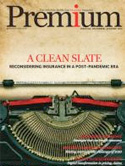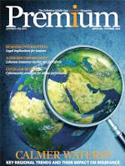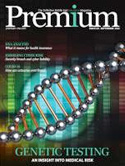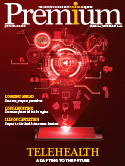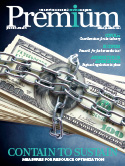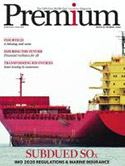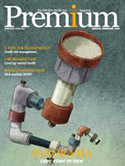Arig reports financial results for H1 2018

Arig reported consolidated net loss of USD22.4 million attributable to shareholders for the first half of the year 2018, (half-year 2017: net profit of USD4.1 million).
The negative result is mainly due to the creation of a provision of USD21 million related to Arig’s subsidiary, Gulf Warranties W.L.L. This provision has been made for likely losses arising out of alleged fraud committed by employees of Gulf Warranties W.L.L. The full set financial statements and the notes are available on Bahrain Bourse’s and Dubai Financial Markets websites.
Arig’s technical result stood at USD2.7 million for the first half-year (half-year 2017: USD8.6 million), a decline of 68.6 percent. While Arig’s traditional reinsurance portfolio reached a positive technical result of USD11.3 million (half-year 2017: USD13.9 million) representing a reduction of 18.7 percent, Lloyd’s accounts incurred a technical loss of USD8.6 million (half-year 2017: a loss of USD5.3 million), an increase in loss by 62.3 percent. The consolidated investment income amounted to USD8.8 million (half-year 2017: USD12.5 million), a reduction of 29.6 percent.
Arig’s net result for the second quarter alone was a net loss of USD22.9 million (Q2 2017: net profit of USD3.6 million) and its gross premiums written was USD18.4 million (Q2 2017: USD16.8 million), an increase of 9.5 percent during the quarter alone.
Gross premiums written during the first half-year amounted to USD187.5 million (half-year 2017: USD189.6 million), a decrease of 1.1 percent compared to the same period in previous year.
Samuel Verghese, Acting CEO of Arig, commented: “Following our practice of prudent reserving we have made a provision for some likely losses related to the subsidiary, Gulf Warranties W.L.L. The losses from our Lloyds’ book are being addressed through withdrawal from the worst performing syndicate. Arig will continue efforts to maintain a well-balanced portfolio through territorial and product diversification, while benefitting from market opportunities in a controlled manner.”








